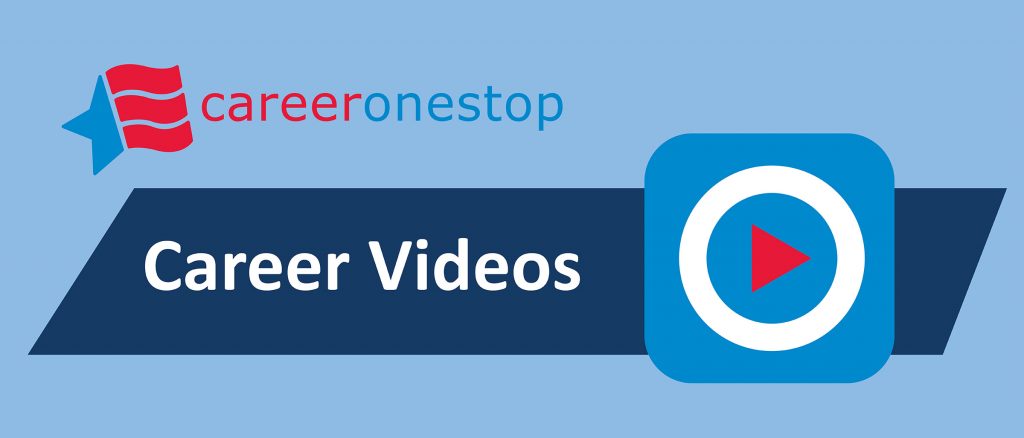
 Figuring out how to pay for college is an essential step for anyone pursuing higher education. Students who have been in foster care may be eligible for special funds to help cover college costs.
Figuring out how to pay for college is an essential step for anyone pursuing higher education. Students who have been in foster care may be eligible for special funds to help cover college costs.
For young adults who have been in foster care previously, or are currently in extended foster care, there are a variety of programs that offer financial aid resources:
- Some states offer programs that cover part or all of the cost of tuition if you’ve been in the foster-care system. You can find information on your state’s tuition assistance program. You could also learn about what tuition assistance your state offers, and how to qualify by asking your caseworker, or you can look up your state’s Higher Education Agency and reach out to them by email or phone.
- Chafee Education and Training vouchers provide eligible students with grants up to $5,000 per year for up to five years or until the state’s age limit. These funds can be combined with other grants and scholarships to help students avoid the need for student loans. Select your state to learn more, and note the Other ETV states link option at the bottom, if you don’t see your state listed.
- The National Foster Parent Association Scholarship provides five $1000 scholarships to foster youth each year.
You can find out about other school financial aid you might qualify for when you fill out the Free Application for Federal Student Aid (FAFSA). Follow these special tips:
- Foster parents or legal guardians are NOT considered parents when you’re applying for financial aid. So you don’t list their income or other information on the FAFSA. As a foster youth, your Estimated Family Contribution (EFC) is generally ZERO, unless you personally have an annual income of over $10,300 and have to file a federal tax return.
- You are considered independent if you were ever deemed a ward of the court after age 13.
- You will need your foster care verification document. Ask your caseworker or agency for a letter verifying your foster care involvement for financial aid. This letter should include your dates and jurisdiction of your time in care and any resources you receive because you were in care. It may also list the programs for which you are eligible.
- Find more FAFSA tips for students in unique situations.
Learn more at Pay for School on GetMyFuture, an employment and training website for young adults, developed by CareerOneStop.


 Are you a community college educator or workforce development trainer aiming to develop curricula that will provide your students with the competencies to meet local employer needs? If so, check out the
Are you a community college educator or workforce development trainer aiming to develop curricula that will provide your students with the competencies to meet local employer needs? If so, check out the 
 If you like to be on the move—or be part of moving things around—you might want to check out careers in the Transportation, Distribution and Logistics industry; many of them could take you on the road–locally, regionally, or even globally.
If you like to be on the move—or be part of moving things around—you might want to check out careers in the Transportation, Distribution and Logistics industry; many of them could take you on the road–locally, regionally, or even globally.




 Corrections educators from around the country will
Corrections educators from around the country will 
 During the course of even the most successful careers, there may be incidents of abrupt and unexpected job endings. Though it may seem traumatic at the time, getting fired can ultimately improve your focus, confidence, and overall career resilience.
During the course of even the most successful careers, there may be incidents of abrupt and unexpected job endings. Though it may seem traumatic at the time, getting fired can ultimately improve your focus, confidence, and overall career resilience.
 For any job seeker who faces obstacles and frustration on their way to landing a good job, it’s worth knowing that you’re far from alone. Many job seekers experience some kind of barrier to reaching their career goals. For some, there are systemic issues that limit their opportunities, and others deal with individual barriers that may prevent them from achieving the kind of career they hope to have.
For any job seeker who faces obstacles and frustration on their way to landing a good job, it’s worth knowing that you’re far from alone. Many job seekers experience some kind of barrier to reaching their career goals. For some, there are systemic issues that limit their opportunities, and others deal with individual barriers that may prevent them from achieving the kind of career they hope to have.
 Want a career that puts you in close proximity to a beloved sport, but not as an athlete? Combine your passion for sports with a second area of interest or skill to find a great variety of intriguing career options. Here is a start on some careers that match dual interests.
Want a career that puts you in close proximity to a beloved sport, but not as an athlete? Combine your passion for sports with a second area of interest or skill to find a great variety of intriguing career options. Here is a start on some careers that match dual interests.
 ogy, engineering, math – have been strongly promoted in the last 20 years, while the perception of the value of a four-year liberal arts degree has faded. But in reality his book is stuffed with examples of liberal arts majors bringing in-demand skills to employers, and working in a wide variety of fascinating and well paying jobs. His position is that “Employers want to hire college graduates who write well, speak clearly, work effectively in teams and know how to analyze complex problems,” and that a liberal arts education provides that package of skills very well.
ogy, engineering, math – have been strongly promoted in the last 20 years, while the perception of the value of a four-year liberal arts degree has faded. But in reality his book is stuffed with examples of liberal arts majors bringing in-demand skills to employers, and working in a wide variety of fascinating and well paying jobs. His position is that “Employers want to hire college graduates who write well, speak clearly, work effectively in teams and know how to analyze complex problems,” and that a liberal arts education provides that package of skills very well.